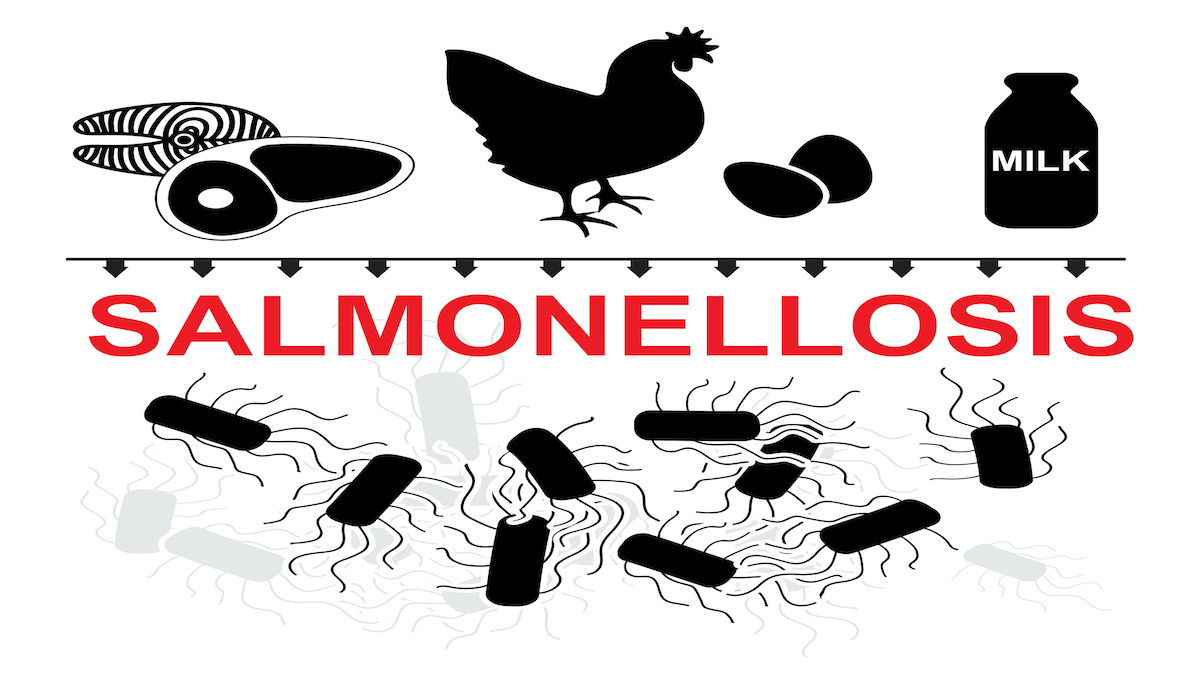Authorities in Finland are considering setting up a state Salmonella fund to help farmers.
The Ministry of Agriculture and Forestry said it was looking for a solution to finance the control of Salmonella on livestock farms, as conditions around insurance coverage on such farms have changed.
A report from the Natural Resources Institute Finland (Luke) found the establishment of a state Salmonella fund would seem to be the most viable option.
The costs of eradicating Salmonella can reach several million euros on a large pig farm. Previously, the farm and insurance company mainly covered the costs.
Potential state support
Recently, Finland has been able to compensate for part of the value of animals killed due to Salmonella infection. However, this compensation option, which is intended as a temporary solution, will stop at the end of 2023 unless it is granted an extension until 2024.
The decision on killing pigs to prevent the spread of Salmonella infection involves the Finnish Food Authority (Ruokavirasto) and considers economic and animal welfare points, plus a commitment by the owner of the animals to carry out cleaning and disinfection at the site.
A permanent solution could include collecting payments from livestock farmers, which would be put into the fund and compensation would be paid to producers for the costs of eradicating disease cases and outbreaks. Similar state animal disease funds exist in other European countries. Variables include the number of animals on a holding, farm size, and the level of disease protection.
A majority of at least two-thirds of votes cast in parliament would be required to approve such a bill.
Luke undertook a survey to get the views of insurance providers and pig farmers on Salmonella insurance and their thoughts on state aid.
Costs for Salmonella-related renovations on farms, especially in the pig sector, have increased in recent years, as the number of cases has risen and farms have grown. Such factors have increased the price of Salmonella claims, leading to higher premiums and tighter insurance terms and conditions.
Simulations using past data seemed to show that support needed for the pig sector would be higher than what should be required in cattle and poultry production.
The prevalence of Salmonella in Finland is much lower than in most other countries. Because of this, Finland was granted special guarantees when it joined the European Union. The European Commission also approved Finland’s national Salmonella control program. The special guarantees mean that beef, pork, poultry meat, and eggs imported to Finland must be Salmonella-free.
Inspection grades provide clues about outbreaks
Meanwhile, researchers have looked at inspection grades and their relationship with the incidence of domestically acquired foodborne illnesses.
They used food control inspection data from local businesses and infectious disease data from 2014 to 2019 in Finland. Findings were published in the International Journal of Environmental Health Research.
Inferior overall inspection grades were associated with an increased incidence of Salmonella infections. Poorer grades on the cleanliness of facilities, surfaces, and equipment were linked to increased incidence of Salmonella.
An association between increased incidence of Campylobacter infections and inferior grades on storage of foodstuffs and verification of hygiene proficiency was observed.
Results suggest that food control recognizes non-compliances that may lead to foodborne diseases, said researchers.
(To sign up for a free subscription to Food Safety News, click here.)

